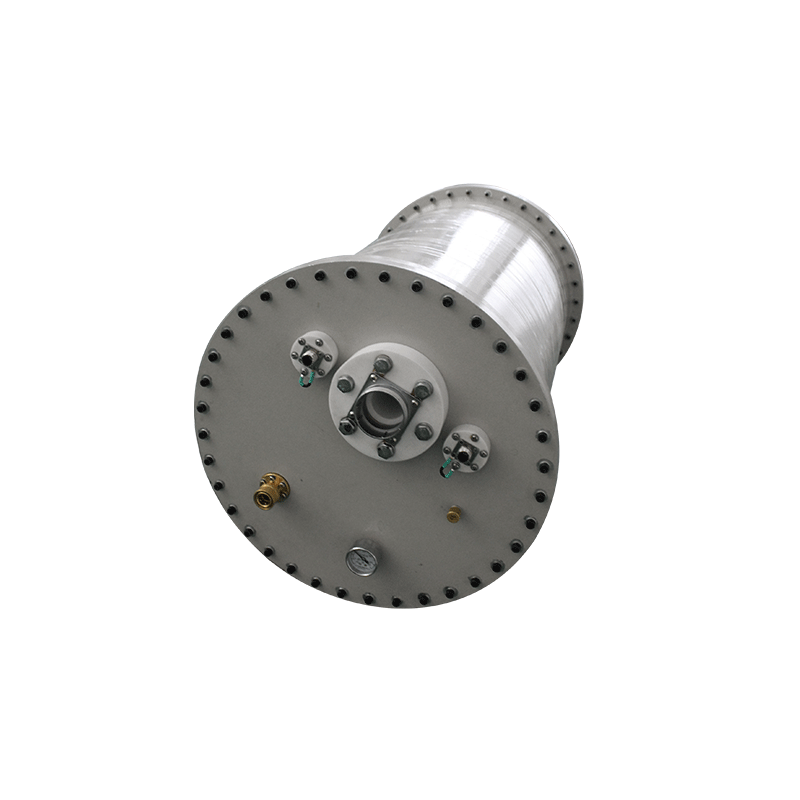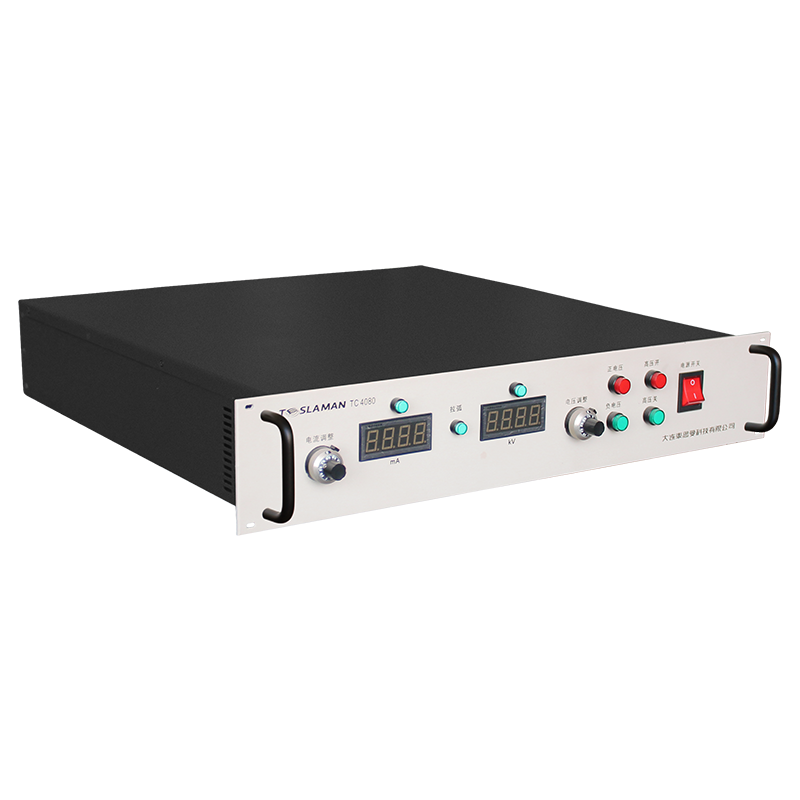Application and Efficiency Evaluation of High Voltage DC Power Supply Technology in Microgrid Systems
I. Introduction
With the popularization of renewable energy and the development of distributed energy systems, microgrids have received increasing attention as a new energy supply model. Microgrid systems integrate distributed energy resources, energy storage devices, and control systems to achieve efficient utilization and optimized management of electric energy. In this process, high-voltage direct current (HVDC) power supply technology plays an important role. This article will explore the application of HVDC power supply technology in microgrid systems and its efficiency evaluation from a professional perspective.
II. Application of HVDC Power Supply Technology in Microgrid Systems
1. Distributed Energy Access: In microgrid systems, distributed energy resources such as solar photovoltaic panels and wind turbines usually output electric energy in DC form. By adopting HVDC power supply technology, these distributed energy resources can be effectively integrated into the microgrid, reducing energy conversion links and improving energy utilization efficiency.
2. Energy Storage Systems: The combination of HVDC power supply technology and energy storage systems can improve the stability and reliability of microgrid systems. When the power generation of distributed energy fluctuates, the energy storage system can quickly charge and discharge through the HVDC power supply, smoothing load fluctuations and ensuring the stable operation of the microgrid.
3. Control Systems: HVDC power supply technology can provide stable DC power for the control systems of microgrids, ensuring the normal operation of the control systems. In addition, through the application of HVDC power supply technology, remote monitoring and intelligent management of microgrids can be achieved, improving the efficiency of system operation and maintenance.
III. Efficiency Evaluation of HVDC Power Supply Technology in Microgrid Systems
1. Energy Efficiency Indicators: To evaluate the efficiency of HVDC power supply technology in microgrid systems, it is necessary to determine energy efficiency indicators first. Common energy efficiency indicators include energy conversion efficiency, power factor, harmonic pollution, etc. By monitoring and analyzing these indicators, a comprehensive understanding of the performance of HVDC power supply technology in microgrid systems can be obtained.
2. System Simulation: Using power system simulation software, a microgrid system containing HVDC power supply technology can be simulated and analyzed. By setting different operating scenarios and load conditions, the stability and efficiency performance of HVDC power supply technology under various conditions can be evaluated.
3. Experimental Verification: Deploy HVDC power supply equipment in actual microgrid systems and conduct long-term operation experiments. By collecting experimental data, the performance and efficiency of HVDC power supply technology in practical applications can be verified. At the same time, experimental results can also provide a reference for optimizing HVDC power supply technology.
IV. Conclusion and Outlook
The application of HVDC power supply technology in microgrid systems has significant advantages, which can improve energy utilization efficiency and enhance system stability and reliability. In the future, with the continuous development and progress of power electronics technology, the application of HVDC power supply technology in microgrid systems will be more extensive and in-depth. In order to further improve the efficiency of HVDC power supply technology in microgrid systems, future research can focus on the following aspects:
1. Optimize the topology and control strategies of HVDC power supply equipment to reduce energy loss;
2. Strengthen the coordinated optimization with energy storage systems to improve the overall system's energy utilization efficiency;
3. Explore the integration of HVDC power supply technology with smart grid technology to promote the intelligent development of microgrid systems.




















